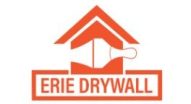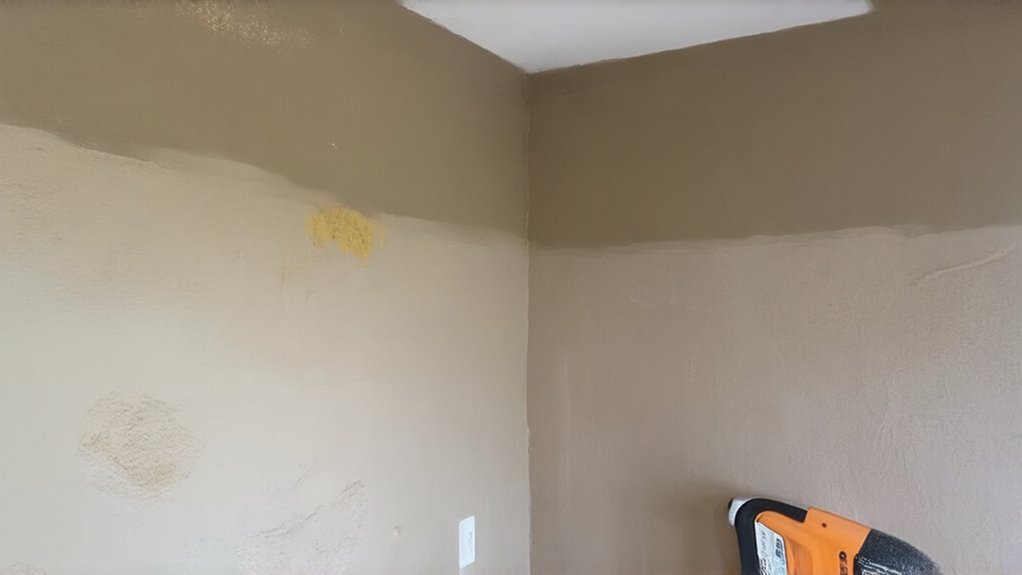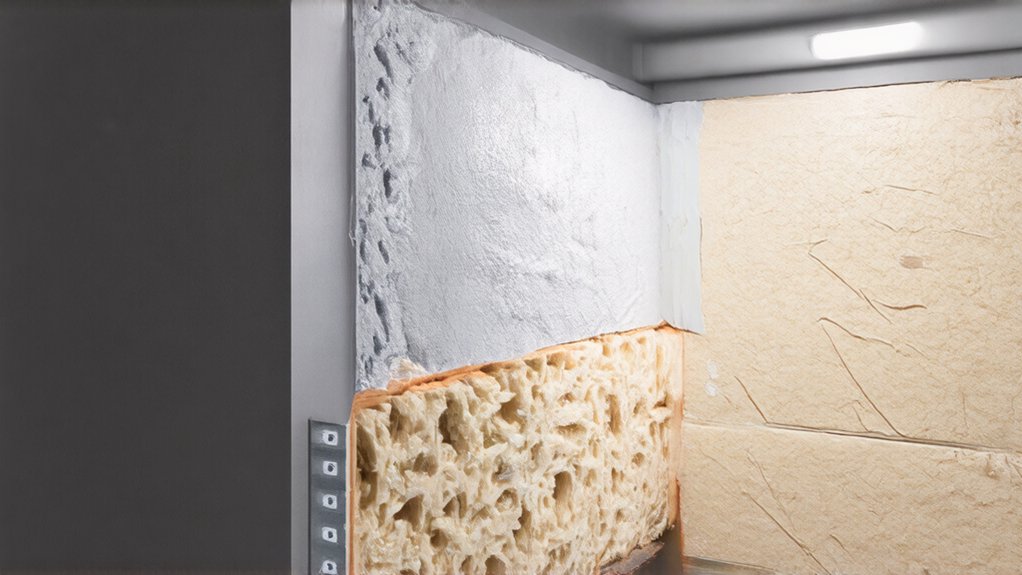Erie homeowners face unique drywall challenges from seasonal humidity, water damage, and structural shifts. You'll encounter nail pops, wall cracks, and texture inconsistencies that can compromise your home's integrity. Controlling indoor moisture, sealing potential water entry points, and promptly addressing imperfections are key to maintaining your walls. Professional assessments can prevent costly repairs and protect your investment. Want to discover more strategic solutions for your home's drywall dilemmas?
Understanding Seasonal Humidity Effects on Drywall
The seasonal humidity in Erie can wreak havoc on your home's drywall, creating challenges that many homeowners mightn't anticipate. As temperatures fluctuate, your walls will experience drywall expansion and contraction, which can lead to unsightly cracks and potential structural concerns. Local drywall contractors recommend professional assessment for comprehensive humidity damage prevention.
Controlling condensation becomes essential in managing these moisture-related issues, especially during Erie's humid summers and cold winters. You'll want to monitor indoor humidity levels, ideally keeping them between 30-50%. Proper ventilation, using dehumidifiers, and maintaining consistent indoor temperatures can help protect your drywall from seasonal humidity's damaging effects.
Identifying and Repairing Structural Cracks
When structural cracks appear in your drywall, they can signal more serious underlying problems that you'll want to address quickly. These stress fractures might indicate wall instability and potential structural issues in your Erie home. Drywall repair services in Erie County offer professional solutions for addressing these critical structural concerns.
Key signs to watch for include:
- Horizontal or diagonal cracks wider than 1/8 inch
- Cracks near windows and door frames
- Bulging or bowing wall surfaces
- Visible foundation settlement indicators
- Recurring cracks after initial repair
Professional assessment is essential to determine the root cause and prevent further damage. Don't ignore these warning signs, as they could compromise your home's structural integrity and safety.
Addressing Nail Pops and Wall Imperfections
Nail pops can sneak up on unsuspecting homeowners, creating unsightly blemishes that detract from your walls' smooth appearance. These drywall screw protrusions emerge when nails or screws push through the wall's surface, causing an irregular drywall surface that catches your eye and interrupts your home's aesthetic.
Don't worry—addressing these imperfections is straightforward. You'll need a putty knife, spackle, sandpaper, and touch-up paint. Carefully tap protruding nails back into place, fill the holes with spackle, let dry, and sand smooth. With patience and the right tools, you can restore your walls' pristine look and feel confident in your home's appearance.
Preventing and Treating Water Damage
While smooth walls might seem like your primary concern after fixing nail pops, water damage presents a more significant threat to your Erie home's structural integrity. Protecting your drywall requires proactive moisture monitoring and condensation prevention strategies:
- Check windows and doors for potential water entry points
- Install proper ventilation in high-humidity areas
- Seal exterior cracks and potential water pathways
- Use dehumidifiers in basement and crawl spaces
- Perform regular visual inspections for water stains
Addressing water damage early can save you thousands in repairs and prevent mold growth. Your home's walls are more than surfaces—they're your first line of defense against moisture intrusion.
Managing Drywall Texture Inconsistencies
Drywall texture inconsistencies can quickly derail the polished look you've been working to achieve in your Erie home. When walls don't match perfectly, it's frustrating and can make your space feel unfinished. Blending textures requires careful technique and patience.
You'll want to focus on feathering shifts between different wall sections, ensuring a smooth, uniform appearance. Professional painters often use specialized tools and techniques to create seamless texture matches.
Professional vs. DIY Drywall Repair Techniques
Because home repairs can rapidly become intricate, homeowners frequently deliberate whether to tackle drywall damage themselves or employ professionals. When deciding between DIY drywall patching methods and professional drywall finishing protocols, you'll want to consider several factors:
- Skill level and confidence in home repairs
- Extent and complexity of the damage
- Available tools and materials
- Time constraints and budget
- Long-term aesthetic and structural goals
While DIY repairs can save money, professional intervention guarantees seamless, high-quality results. Your choice depends on balancing cost-effectiveness with the desire for a polished, professional finish that boosts your home's overall appearance and value.
Protecting Your Walls: Maintenance Tips for Erie Homeowners
After becoming an expert in drywall repair techniques, protecting your walls becomes the next important step for maintaining your Erie home's aesthetic and structural integrity. Regular ongoing maintenance routines can prevent costly future repairs and keep your walls looking pristine.
You'll want to inspect your walls quarterly, checking for small cracks, moisture spots, and potential damage from temperature fluctuations common in Erie's climate. Consider aesthetic wall upgrades like protective primer coatings and strategically placed furniture to minimize accidental wall impacts. By staying proactive, you'll preserve your home's beautiful interior and avoid unexpected repair expenses.
Frequently Asked Questions
How Long Does a Typical Drywall Repair Take to Complete?
You'll typically spend 1-3 hours on minor repairs, but drying time can extend the project to 24-48 hours. Quality finishing requires patience, so don't rush. With careful work, you'll restore your wall's smooth surface like a pro.
Can I Paint Over a Repaired Section of Drywall?
You can paint over a repaired drywall section after using paintable joint compound and allowing it to dry completely. With careful sanding and priming, you'll achieve a seamlessly painted surface that blends perfectly with the surrounding wall.
What Are the Signs That Drywall Needs Professional Replacement?
You'll know it's time for professional drywall replacement when you spot extensive sagging, large uneven surfaces, significant water damage, or widespread cracks that can't be easily patched. These signs indicate structural issues beyond simple DIY repairs.
How Much Does Professional Drywall Repair Cost in Erie?
You'll pay $50-$75 per hour for labor, with materials costing $10-$30 per sheet. Small repairs might run $100-$300, while larger jobs could reach $500-$1,500. Your total investment depends on the damage's extent and your home's specific needs.
Will My Homeowners Insurance Cover Drywall Damage and Repairs?
You'll need to review your policy carefully. Some homeowners insurance covers drywall damage depending on the cause. Document everything when filing for reimbursement, and don't hesitate to contact your insurance agent for guidance through the claims process.



